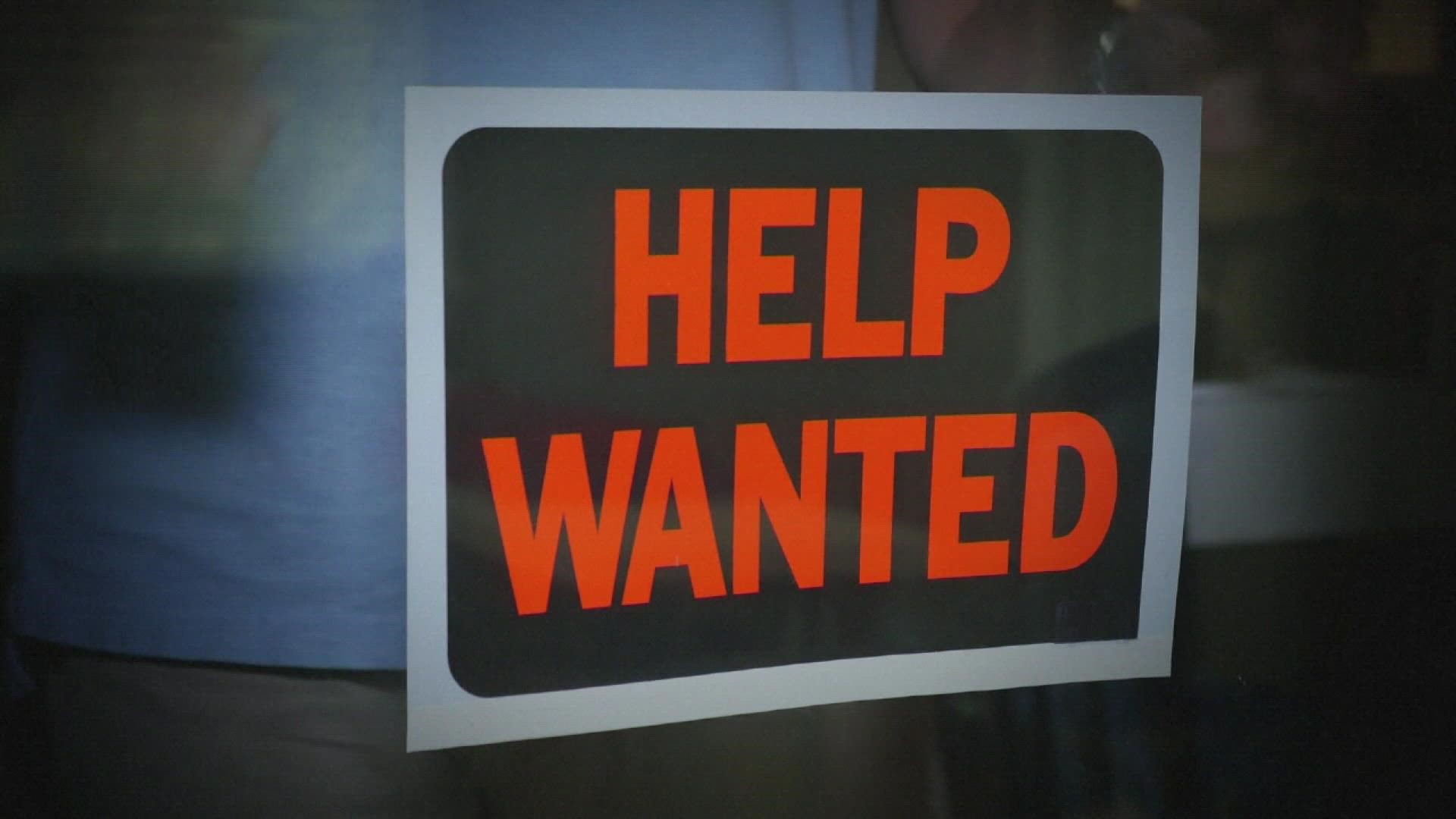MICHIGAN, USA — Prices are going up, that's not a surprise. The sharp rise in costs over the past year is like nothing we've seen since the 80s. According to the US Bureau of Labor Statistics, the Consumer Price Index experienced the largest 12-month growth in 40 years between January 2021 and January 2022.
Collectively, the CPI is up 7.5%. Some individual statistics of note include fuel oil, motor fuel and all types of gasoline, which have all increased at least 40%. Animal proteins, including meats, poultry, fish and eggs jumped up 12.2%. The cost of used cars and trucks spiked 40.5%.
"We’re going to see those food prices at the grocery store continue to increase," said Central Michigan University Professor Mark Spieles. He pointed to supply chain issues and a shrunken labor force as reasons for the historic inflation.
Spieles says as companies are incentivizing workers to return, they are paying more money and in response, they are being forced to increase prices. Sometimes, the price on the shelf will remain the same, but the amount of actual product will decrease. He called this "shrink-flation."
"15 to 20% of consumer packaged goods have less product inside of them, less material – less chips, less of a candy bar or less of an energy bar," he said. "Manufacturers are placing less in the packaging."
Spieles believes this is a problem that isn't going away any time soon. Consistent supply chain hiccups are impacted by the labor force shrinking, and even despite wages going up from last year, the rise in prices wiped out those increases, resulting in what he called a 2.4% pay cut for the average worker.
RELATED: Are you struggling to find meat in grocery stores? Here's what could be causing the shortage
As seemingly everything is more expensive, here are a few tips from Spieles on how to stretch your dollar, even though it's at its least flexible in decades.
- Keep your car in good health, and take advantage of public transportation.
- Fuel and vehicles saw the biggest jump of anything in the past 12 months. Staying away from the pump or the dealership if at all possible will be a huge relief for your wallet.
- Shop in bulk whenever possible, and shop by true product value.
- Shrink-flation is very intentionally hard to spot. Manufacturers don't want the perception of higher prices, so the packaging is likely to stay the same, while the amount inside is reduced. Divide the cost of a food product by its weight to find the cost per ounce, and use that to find the true best price.
- Eat at home more often.
- Though the cost of food at the grocery store has gone up 7.4%, restaurant prices have also jumped by 6.4%. Cooking meals at home is an effective way to save money, and spending a couple more nights in each month can show savings quickly.
►Make it easy to keep up to date with more stories like this. Download the 13 ON YOUR SIDE app now.
Have a news tip? Email news@13onyourside.com, visit our Facebook page or Twitter. Subscribe to our YouTube channel.

